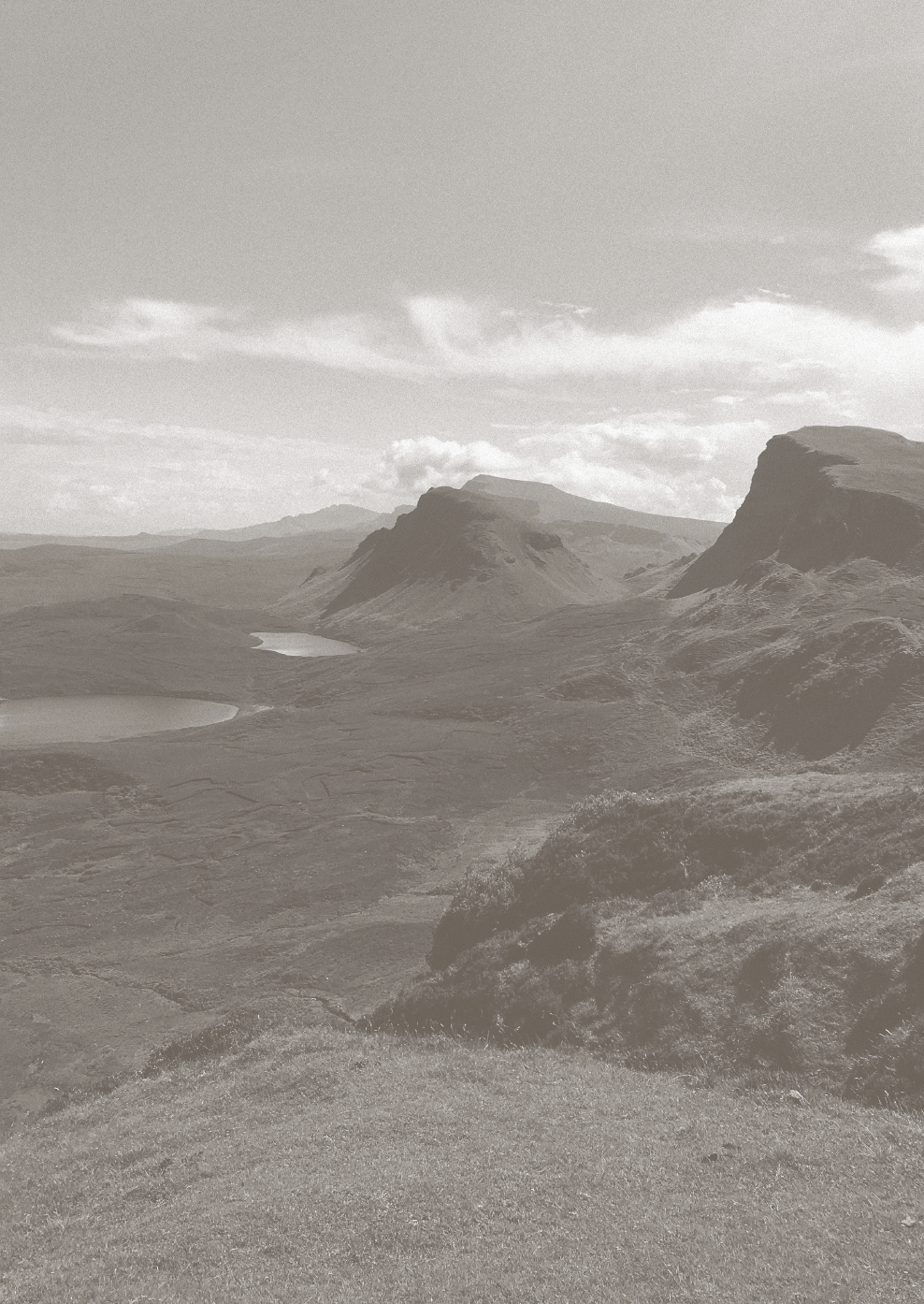Extract from Chiorstaidh Black’s text in Tanoa Sasraku’s monograph
Tanoa Sasraku’s first monograph will be published in January 2023 with special pre-order sales available from Thursday 15 December. Featuring contributions from Chiorstaidh Black, Ellen Greig, Wes Knowler, Robert Leckie, Rosalind Nashashibi, Tanoa Sasraku, and Alex Vardaxoglou, the 144-page book looks at Sasraku’s unique body of work titled Terratypes, the subject of three exhibitions – at Spike Island, Bristol; Vardaxoglou Gallery, London; Peer, London – between 2022 and 2023.
Read the following extract from Chiorstaidh Black’s text:
For both Tanoa and I, gifting each other access to our respective traditional lands and folklore has been a great source of creative inspiration, both collaboratively and individually. The vistas of Dartmoor and the Scottish Highlands and Islands also provide a clear contrast of scale and angles. The long Glens gouged across Scotland and their contrary disappearing peaks stand in stark contrast to the vast, wide, and rolling bogland of Dartmoor. Even their colours cleave the landscapes apart; Dartmoor dusted with warm browns and grasses that turn to sand in sunlight; the Highlands swathed in lush green wetland and the deep purples of heather and thistle. What these living landscapes have in common are their abilities to incite the mythological, the animist, and the eerie. While many monuments to human progress disintegrate and fall away, these wild places are ageless, it feels as though no time may settle there and our presence within the land is inconsequentially fleeting. Regarding our joint research into regional mythologies, Tanoa and I often discuss Arthur Conan Doyle’s pointedly weird Dartmoor tale The Hound of the Baskervilles and his palpable descriptions of the murk-shrouded mire and the moor’s destruction of all those who attempt to tame it. The snarling myths surrounding tors and standing stones exemplify our collective imagination, reading the unknown as eerie, mediated fatefully through unseen landscapes.
Electrical lines mark fissures through terrain, connecting people to places they are not. In the wild spaces, the circuitry of the human touch lingers even in our absence. This very notion, especially from our time in Skye, became a refrain orbiting Tanoa’s gestation of Terratypes. Depictions of this electrical circuitry mirror that of tartan fabric; take, for instance, the images in both Information Art: Diagramming Microchips from MoMA, and the 1842 Vestiarium Scoticum by The Sobieski-Stuart brothers. In both, the geometric data project a lurid linearity that seems inorganic and one that would be ruptured upon contact with the natural world. What is also of particular interest to Tanoa is that, over our years together, we have frequently discussed at length the tartan cloth’s hereditary nature — with specific tartans corresponding to clans which allows ceremonial induction into a family — an historic falsehood propagated by the Sobieski-Stuarts, but an important tradition all the same. We often speak about this tradition with regard especially to the material validation of a lesbian relationship, that the gifting of the fabric becomes a sacred consecration of our love within a culture that has not always looked upon us in the warmest of light.
Our repeated pilgrimages to the untameable places and the wildness within these Isles unbolts desire new and ancient. The sublime brutality never fails to tantalise, excite, and salve the senses. Exploring the rural expanses of Scotland and Devon has been a crucial antidote to the schizophonic existence within a city such as London, where we live. To traverse these landscapes within the British Isles, through which we may understand ourselves, has become no less than essential to our lives.
__
For further information on the book, and how to order, please contact info@vardaxoglou.com.
